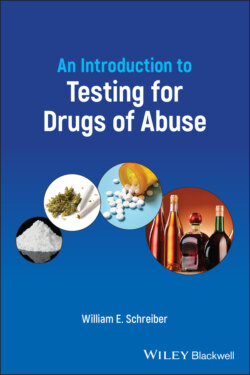Читать книгу An Introduction to Testing for Drugs of Abuse - William E. Schreiber - Страница 32
Oral Fluid
ОглавлениеOral fluid consists mainly of the mixed saliva that comes from three major and several minor salivary glands. Small amounts of cellular debris, bacteria, and the residue of ingested substances are also present. It is more than 99% water and contains electrolytes, proteins, enzymes, and other biomolecules.
Drugs appear in oral fluid by passive diffusion from blood. The rate of transfer is related to the chemical properties of a drug and the degree of binding to plasma proteins (only free drug molecules can diffuse across capillary walls).
The window of detection is several hours to several days following drug use, depending on the specific drug and the amount and frequency of consumption. One advantage of oral fluid over other samples is that recently ingested (e.g., ethanol) or smoked (e.g., tetrahydrocannabinol) drugs may leave a residue that is present in high concentration.
Oral fluid is a noninvasive specimen and is easy to obtain with commercial collection devices. The collection process can be witnessed to prevent sample adulteration or substitution. It is especially useful in roadside testing for drugs that impair a person's ability to drive.
